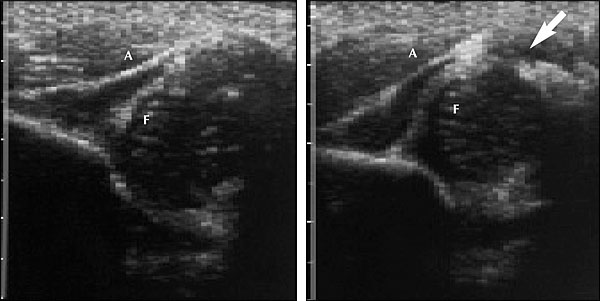hip dysplasia in babies test
About 1 of every 1000 babies is born with hip dysplasia. Girls and firstborn children are more likely to have the condition.
Developmental Dislocation Dysplasia Of The Hip Ddh Orthoinfo Aaos
Once a child begins walking a limp may develop.

. The American Academy of Pediatrics does not recommend routine ultrasounds for every infant. A referral for an ultrasound and clinical examination at six weeks of age is standard practice for all infants presenting with risk factors irrespective of. Key points about hip dysplasia in babies.
In infants you might notice that one leg is longer than the other. Signs and symptoms vary by age group. Approximately 80 of Barlow Positive hips will resolve.
In a child with DDH the hip socket is shallow. International Hip Dysplasia Institute Medical Director Dr. Girls are 5 times more likely to get the condition than boys.
If the hips feel stable. Ultrasounds and X-rays for hip dysplasia. It can occur in either hip but is more common on the left side.
Doctors typically use variety of tests to determine if dysplasia is the source of hip pain in adolescents. But for babies with an abnormal physical exam or major risk factors for. In 1000 babies 1 to 2 are affected by developmental hip dysplasia.
Quick Concepts are short videos that describe a key physiological or theoretical concept or demonstrate a brief procedureIn this video the viewer will lea. In some cases signs of hip dysplasia develop after birth and are detected. Hip dysplasia also known as developmental dysplasia of the hip DDH is an issue that is present at birth.
In a recent British study more than 20 percent of children who required treatment for developmental dysplasia of. Hip dysplasia in babies is known as infant developmental dysplasia of the hip DDH. The Barlow method is an examinaiton method that identifies a loose hip that can be pushed out of the socket with gentle pressure.
Hip dysplasia can develop during fetal development and is typically detected during your childs newborn screening. The most significant risk factor for hip dysplasia is a positive family history. Hip Dysplasia Presentations in the.
The reported incidence of developmental dysplasia of the hip varies between 15 and 20 per 1000 births with the majority 60-80 of abnormal hips resolving spontaneously within 2-8 weeks. Charles Price demonstrates how to correctly conduct an Ortolani and Barlow examination.
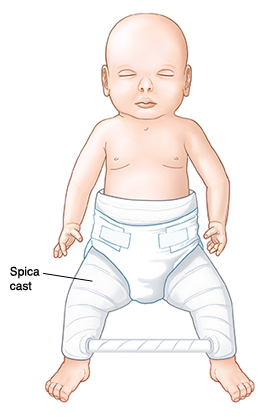
Developmental Dysplasia Of The Hip In Children
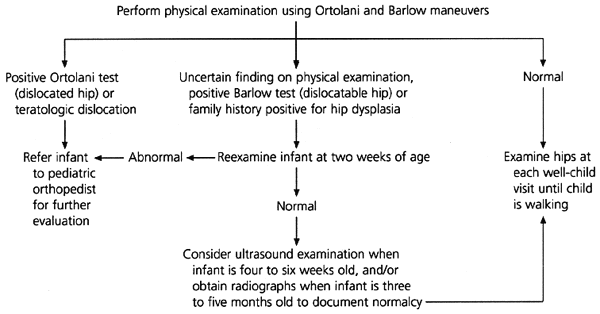
Screening For Developmental Dysplasia Of The Hip Aafp

How Safe Are Babybjorn Baby Carriers Madeformums

5 Causes Of Hip Dysplasia In Infants

Infant With An Abnormal Hip Exam Learn Pediatrics
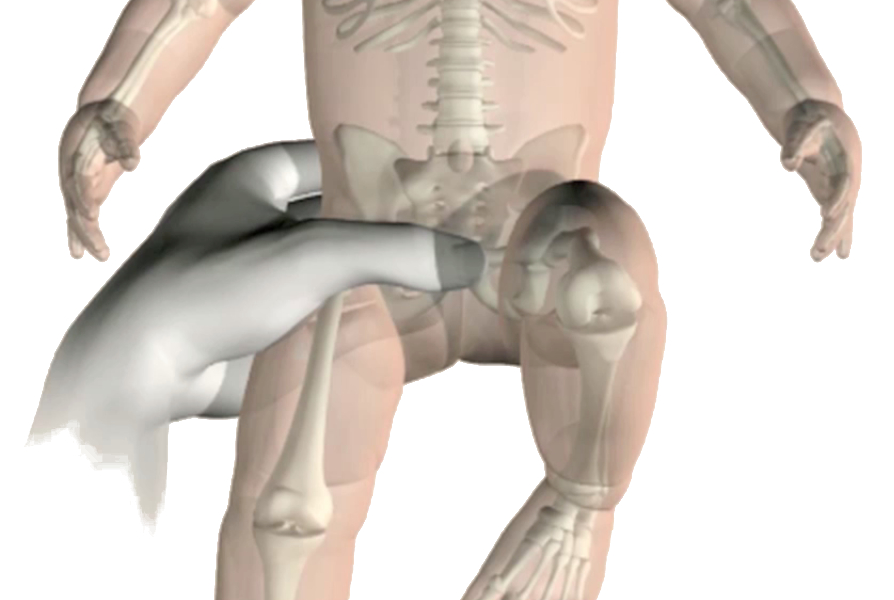
Reducing Risk Of Hip Problems In Babies Phe Screening

Diagnosing Ddh Don T Forget The Bubbles

Hip Developmental Dysplasia Of The When Your Child Has

Developmental Dysplasia Of The Hip Controversies And Current Concepts Bracken 2012 Journal Of Paediatrics And Child Health Wiley Online Library
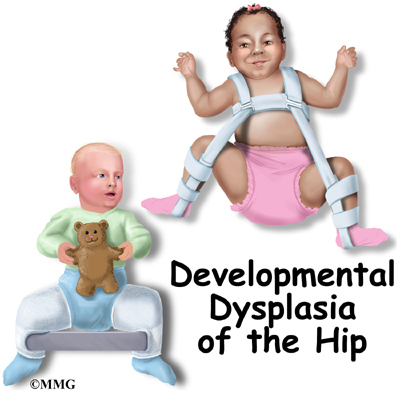
Developmental Dysplasia Of The Hip In Children Eorthopod Com

Barlow And Ortalani Manuevers Newborn Nursery Stanford Medicine
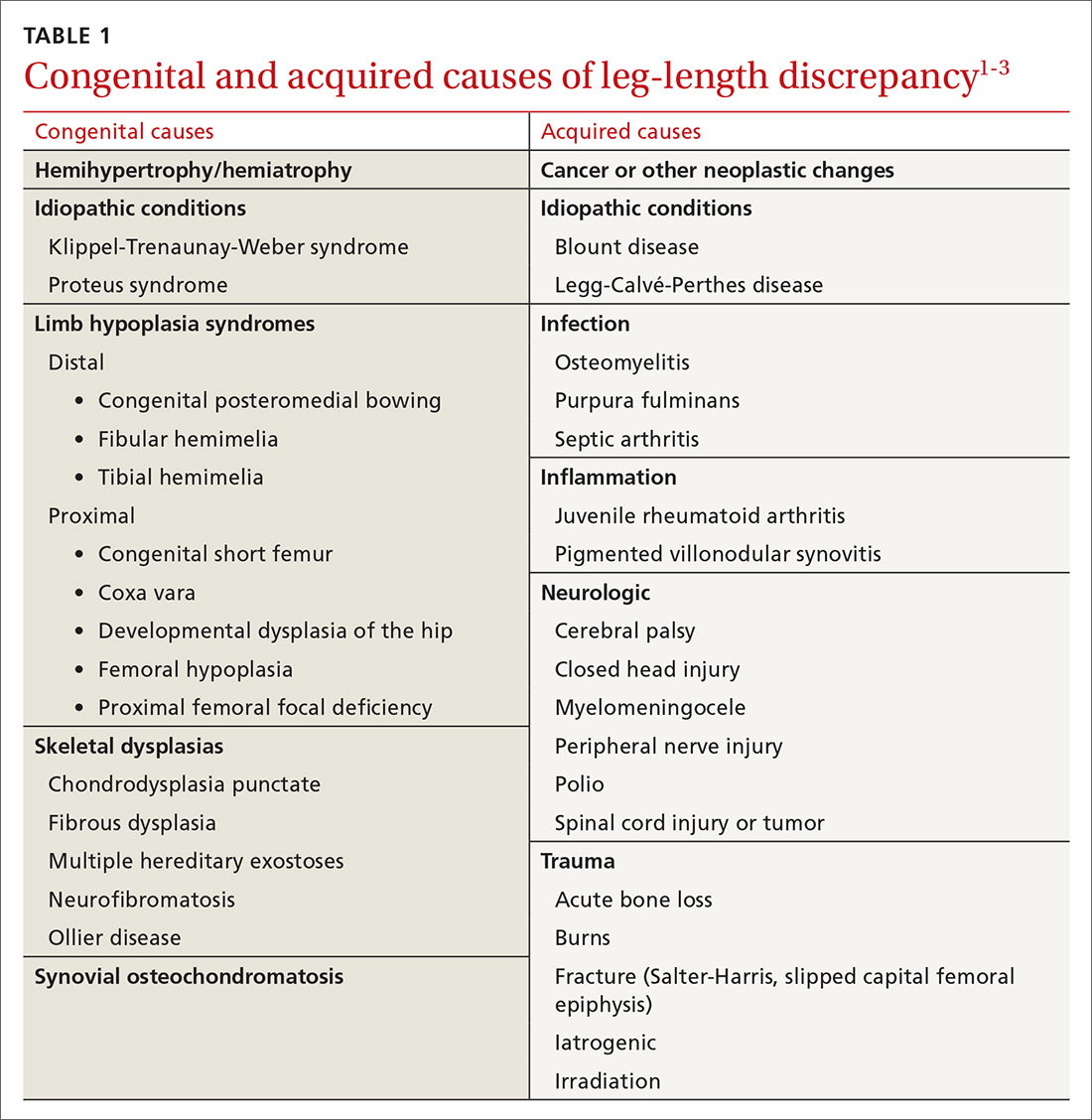
Leg Length Discrepancy Asymmetric Gluteal Folds And Popliteal Fossae Positive Galeazzi Test Dx Mdedge Family Medicine

How To Prevent Hip Dysplasia In Babies Physical Therapy Center
Hip Dysplasia In Infants Causes Signs Diagnosis Treatment

Congenital Hip Dysplasia Flashcards Quizlet
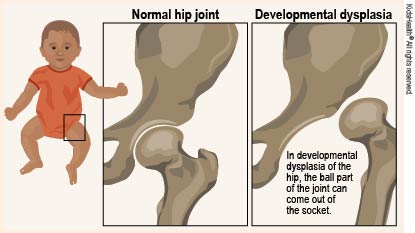
Developmental Dysplasia Of The Hip For Parents Nemours Kidshealth

How To Test For Newborn Hip Dysplasia By Nina Gold For Openpediatrics Youtube

